Brexit: What are the options?
- Published
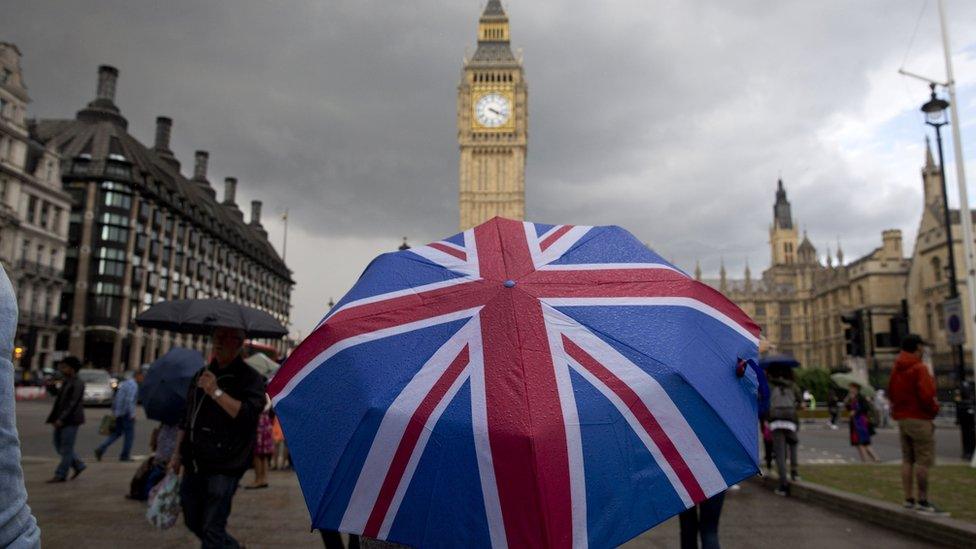
The UK government and the EU have set out their demands and formal Brexit negotiations are due to begin next week.
It comes in the aftermath of a general election that Theresa May hoped would strengthen her negotiating hand - but which ended up wiping out her majority.
Those who are hoping to keep close ties with the EU feel emboldened - they say the result was a rejection of the PM's approach and are calling for a compromise on her negotiating demands.
But ministers say there will be no change of course - saying last year's vote to leave must be honoured.
With extensive talks to come, and little expected to be decided before German elections in September, it will be a while before we get to see what Brexit looks like.
In the meantime, here's a guide to some of the key subjects up for discussion.
Hard Brexit or soft Brexit?
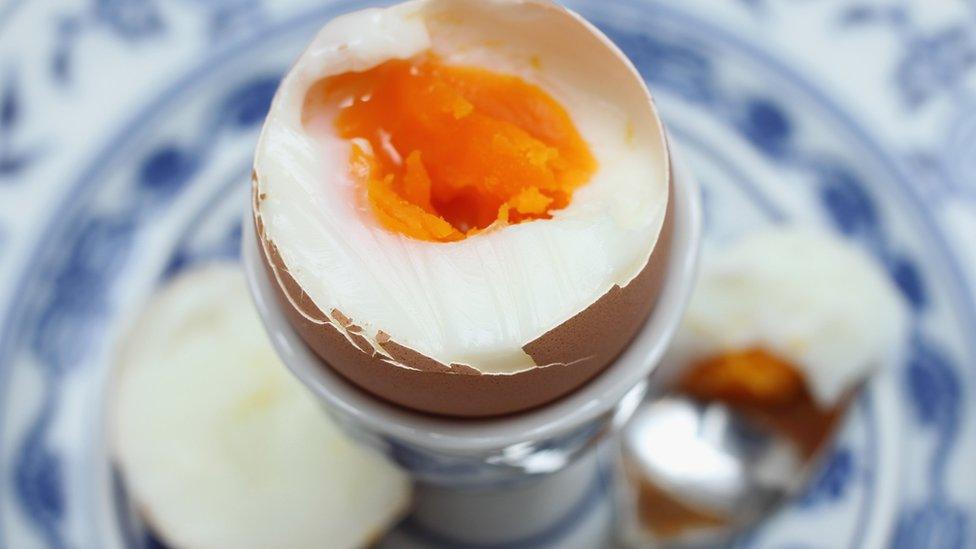
Brexit - like an egg yolk - can be seen as "hard" or "soft"
There is no strict definition of either, and they sometimes mean different things to different people, but they generally refer to the closeness of the UK's relationship with the EU, post-Brexit.
So at one extreme, "hard" (or "clean") Brexit could involve quitting without a deal in place.
This would mean no compromise on issues like the free movement of people, leaving the EU single market and trading with the EU as if it were any other country outside Europe, based on World Trade Organization rules.
This would mean - at least in the short term before a trade deal was done - the UK and EU would probably apply tariffs and other trade restrictions on each other.
At the other end of the scale, a "soft" Brexit could involve keeping close ties with the EU, possibly through some form of membership of the European Union single market, in return for a degree of free movement.
What the UK wants: Mrs May has said she is hoping to secure a deal that is good for both sides - but has not ruled out leaving without one.

The UK's trade with the EU
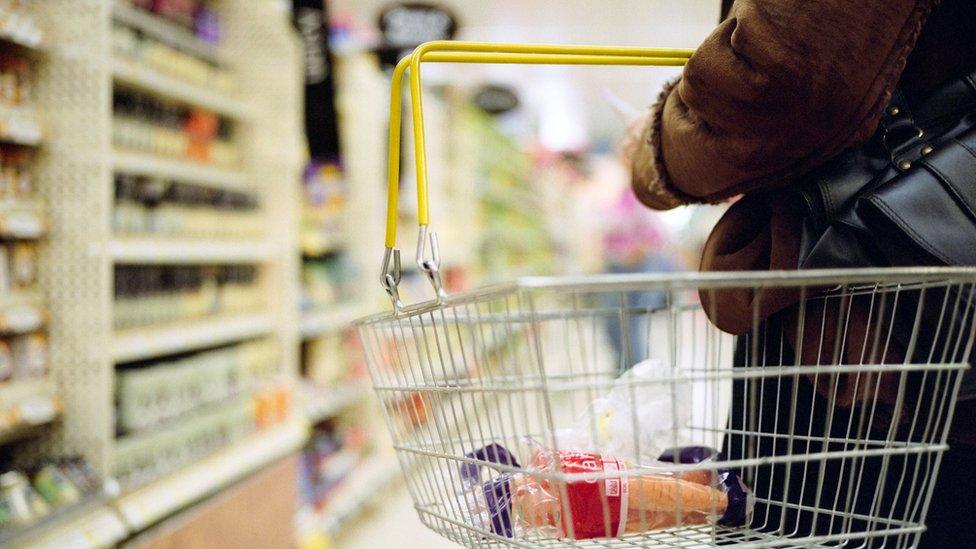
The government says it does not want an "off the shelf" trade deal
As part of the EU, the UK is in its single market, enabling tariff-free trade between members.
But what will happen when it leaves?
Some other countries already have their own arrangements and these could give an idea of what is to come for the UK.
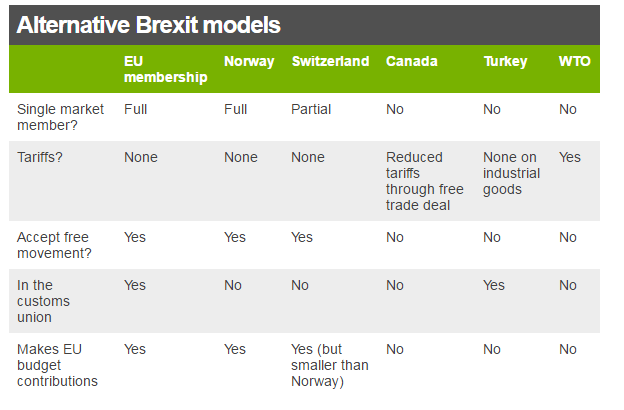
Norway, for example, has full access to the single market, but is obliged to make a financial contribution and accept the majority of EU laws and all EU citizens can move to live and work there, under free movement laws.
Another example is Canada - which has agreed a new trade deal including preferential access to the single market without all the obligations faced by Norway and Switzerland, whose access to the EU market is governed by a series of bilateral agreements.
What the UK wants: Mrs May says the UK will not accept the free movement of people - and will withdraw from the single market. In its place, she wants to draw up a comprehensive free trade deal with the EU. And while post-Brexit Britain may contain elements of the arrangements described above, Mrs May has stressed the UK does not want an "off the shelf" deal.

Access or member?

"Access to" and "membership of" the single market are sometimes used interchangeably but they mean very different things.
All 28 EU countries are full members of the single market which enables them to trade with one another based on the four freedoms of the EU: free movement of goods, services, capital, and people.
The European Economic Area (EEA) on the other hand is the name of the open internal market between the EU and Norway, Iceland, and Liechtenstein.
The EEA agreement grants these three countries near-full access to the European single market. In return, they are subject to obligations from EU legislation in relevant areas and have to accept free movement of people.
What the UK wants: Instead of its current membership, a new trading relationship, which "may contain elements" of the single market.

What about immigration?
Once it leaves the EU, the UK need no longer be subject to free movement rules allowing citizens to work in other countries.
So it will get to set its own entry rules for people living elsewhere in Europe.
The government has promised to bring down net migration, but how it will do this is not yet clear.
During the referendum campaign, Vote Leave called for a "points-based" system, similar to that used in Australia.
But this model, which would involve applications being accepted on the basis of skills, has been rejected by Mrs May, who says it would not give sufficient control to the government.
An alternative is to require migrants to have a work permit before coming to work in the UK, with ministers able to prioritise different sectors.
It has also been reported, external a visa waiver scheme, similar to that used by the US, could apply to Britons going to the EU.
This could involve an online application and paying a fee in order to visit the EU, without requiring a full visa.
What the UK wants: Free movement to be replaced by a system "that allows us to control numbers and encourage the brightest and the best to come to this country".

What's a customs union?
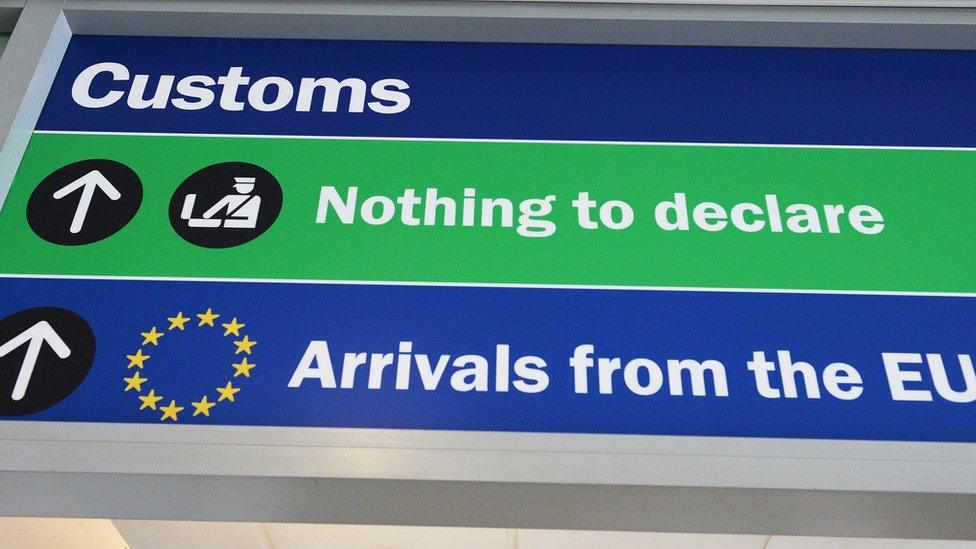
A customs union is an arrangement between countries who agree not to impose tariffs on each other's goods.
They also agree to impose common external tariffs on goods from countries outside their customs union.
Setting common external tariffs is what distinguishes a customs union from a free trade area, where members are able to set their own tariffs on goods from the rest of the world.
As an EU member, the UK is currently part of its customs union.
But you do not have to be a member state to be in a customs union with the EU.
After Brexit, the UK could adopt a similar model to Turkey, which is not an EU member but trades with the EU as part of a customs union.
However, this would be unpopular in some quarters as by agreeing to set common external tariffs, customs unions also limit the freedom of their individual members to strike their own trade deals.
Reality Check: What is a customs union?
What the UK wants: Instead of its current membership of the customs union, the UK will "seek a new customs arrangement with the EU".

What difference will the general election make?
It has been suggested the new Commons arithmetic could influence the way Brexit pans out.
For example, the new minority Conservative government is relying on the support of Northern Ireland's Democratic Unionist Party to stay in power.
The DUP is a strong supporter of Brexit - but also wants to avoid a hard border between Northern Ireland and the Republic of Ireland and to prioritise close trade with the EU. These may not be possible under the "no deal" scenario Mrs May has refused to rule out.
Meanwhile, after the Tories gained 12 seats in Scotland, Scottish Conservative leader Ruth Davidson said it was time to "look again" at Brexit and seek cross-party support, saying free trade should be at the heart of the final deal.
Pro-EU campaigners claim there is no longer a Commons majority for a "hard Brexit" - but whether this is the case, or how much influence MPs will exert, is far from clear.

Transitional arrangement
There has been much talk of an interim deal between the UK and the EU before the final terms are agreed.
Supporters of the plan say it would avoid the "cliff edge" scenario which could see tariffs imposed on businesses as soon as the UK leaves the EU, and prevent a shock to the economy.
This seems to be accepted by Mrs May, who has spoken of the need to allow businesses and government the time to adapt to the new arrangements.
Not everyone is convinced this is necessary - and some Conservative MPs want the UK to leave the EU before negotiating the terms.
What the UK wants: A "phased process of implementation" but not an "unlimited transitional status".